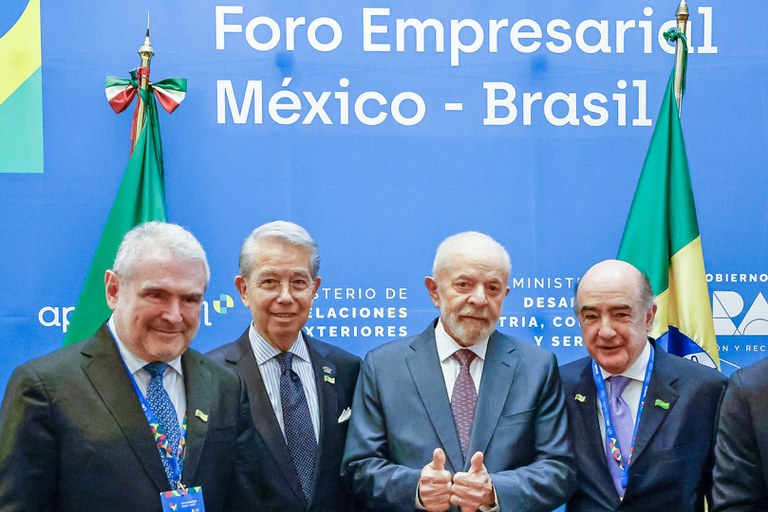An FTA between Mexico and Brazil or an extension of ACE-53: what is the proposal of Brazilian President Luiz Inácio Lula da Silva?
Although the Brazilian President did not specify the answer when he took part in the Mexico-Brazil Business Forum in Mexico City on Monday, he did propose new negotiations on the matter.
ACE-53
On the other hand, Francisco Cannabrava, director for Mercosur at Brazil’s Ministry of Foreign Affairs, outlined the possibility of seeking an FTA, but did not say so expressly in his statements to the Brazilian newspaper Valor on Monday.
«The beginning of a new administration is the best time to start talks. We will express our interest in reaching an ambitious agreement that will bring our trade relations to where they should be,» Cannabrava said.
He added: «We have a free trade agreement with Argentina, but not with the other major Latin American economy, Mexico. We need agreements that provide legal certainty and open markets beyond our traditional commodity exports to Europe and Asia».
Mexico-Brazil FTA
Since the 1990s, Mexico and Brazil have been trying to sign an FTA, but negotiations have never been successful.
Instead, the two countries operate an agreement that liberalises the automotive sector (ACE-55, covering Mercosur) and have another partial opening agreement for various goods (ACE-53). Both agreements cover just 13% of the tariff universe.
«The potential of the Mexican economy is extraordinary, as is that of the Brazilian economy; the problem is that we have not learned to use 70 per cent of our potential, and that is why we need to sign new agreements,» said Lula da Silva at the Mexico-Brazil Business Forum.
Three trade agreements
In 2002, Brazil and Mexico signed three Economic Complementation Agreements: ACE 53, 54 and 55.
However, the creation of a free trade agreement between the Mercosur states and Mexico (ACE-54) has not yet materialised.
Bilateral trade is currently regulated by ACE-55 and ACE-53.
ACE-55 acts as a framework agreement. It establishes common rules for both countries. It includes lists of vehicles and rules of origin for products.
In addition, the appendices of the agreement contain the rules governing Mexico’s bilateral trade with each Mercosur country.
In particular, Appendix II of ACE-55 sets out the rules for free trade in automobiles between the countries, with an extension to heavy vehicles and auto parts from 2020.

